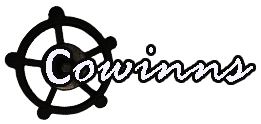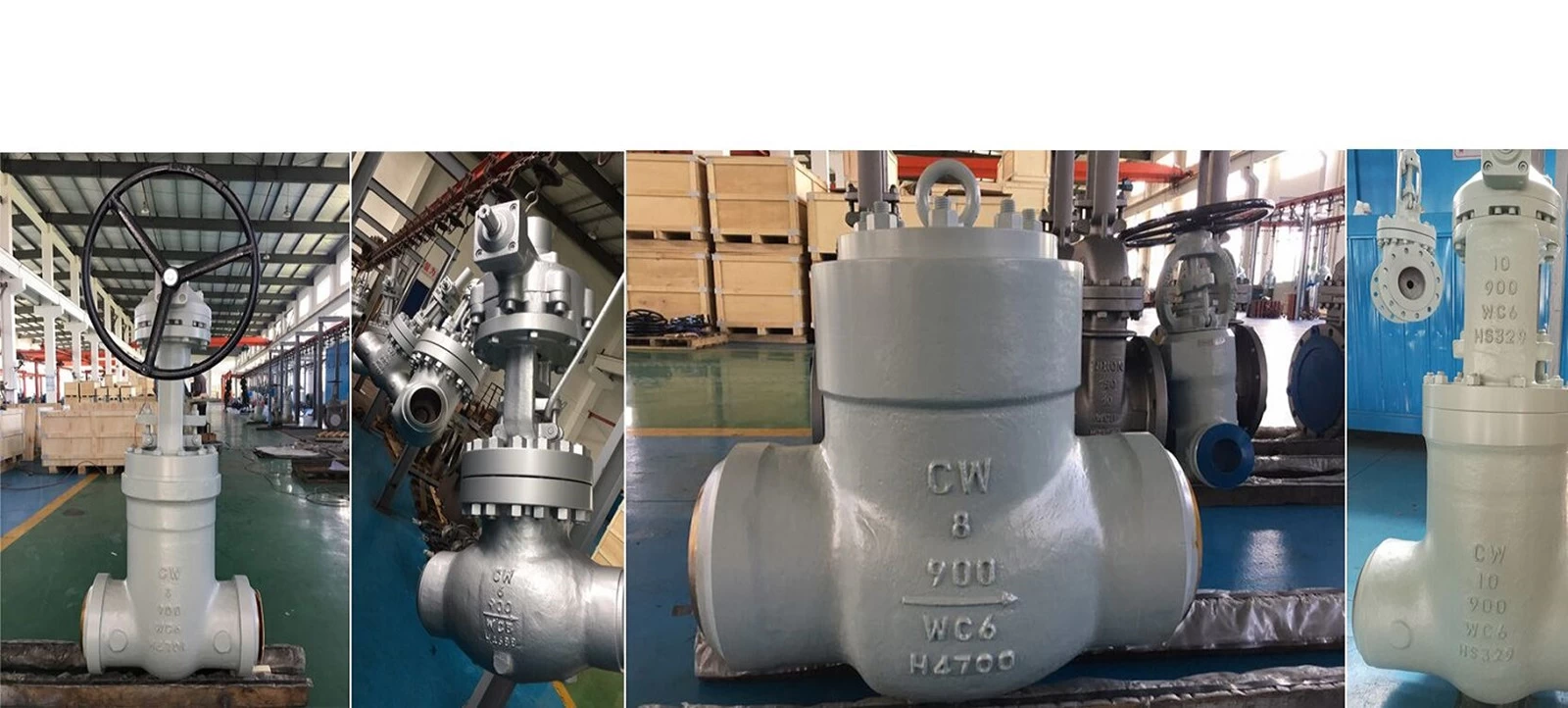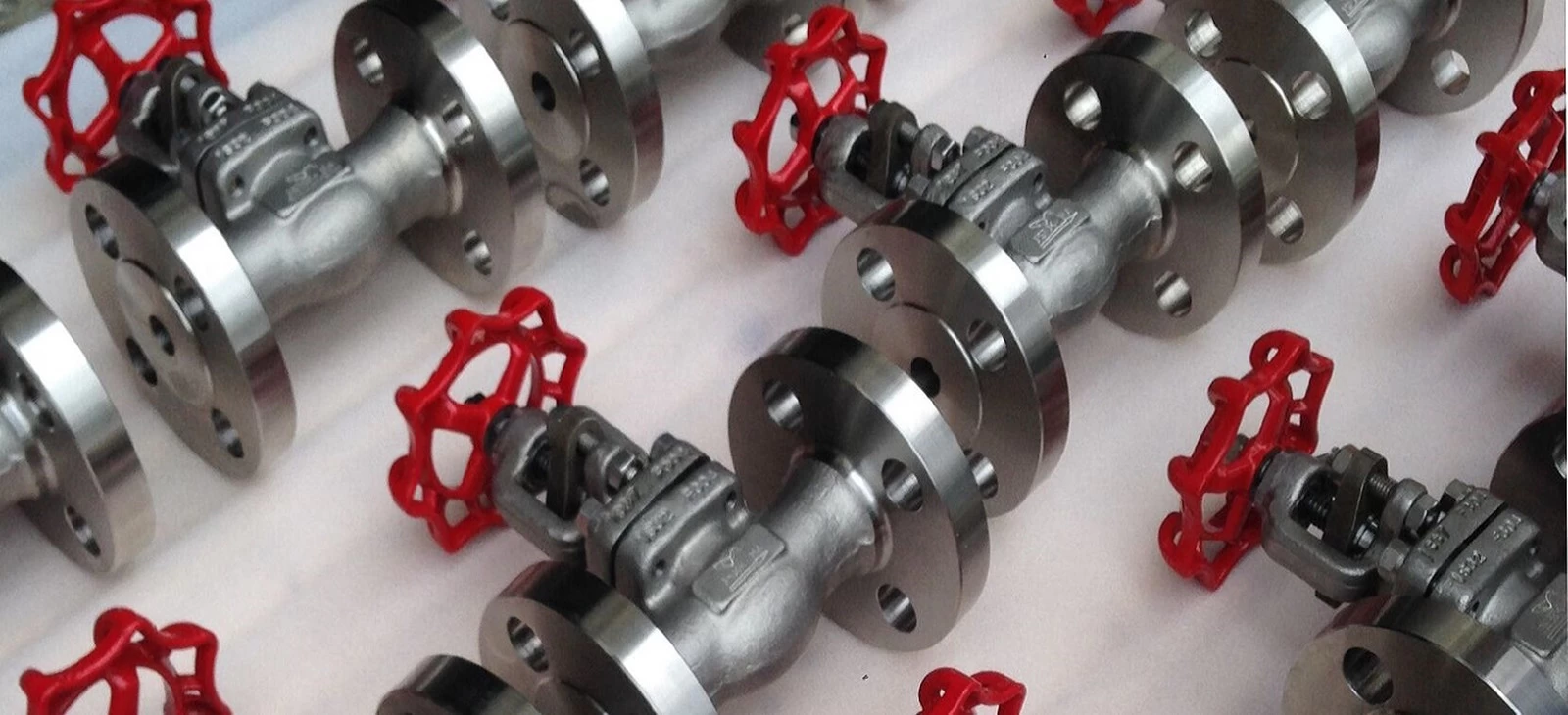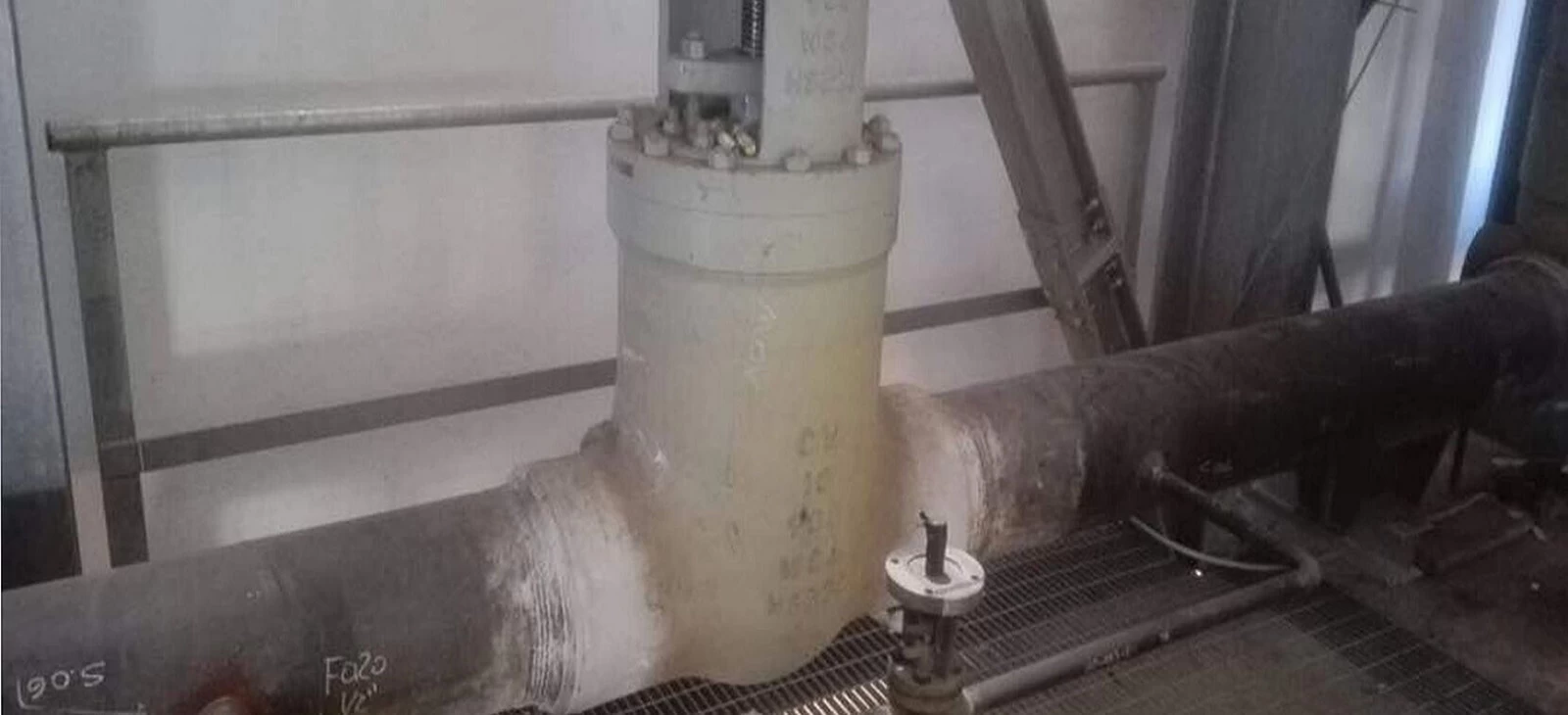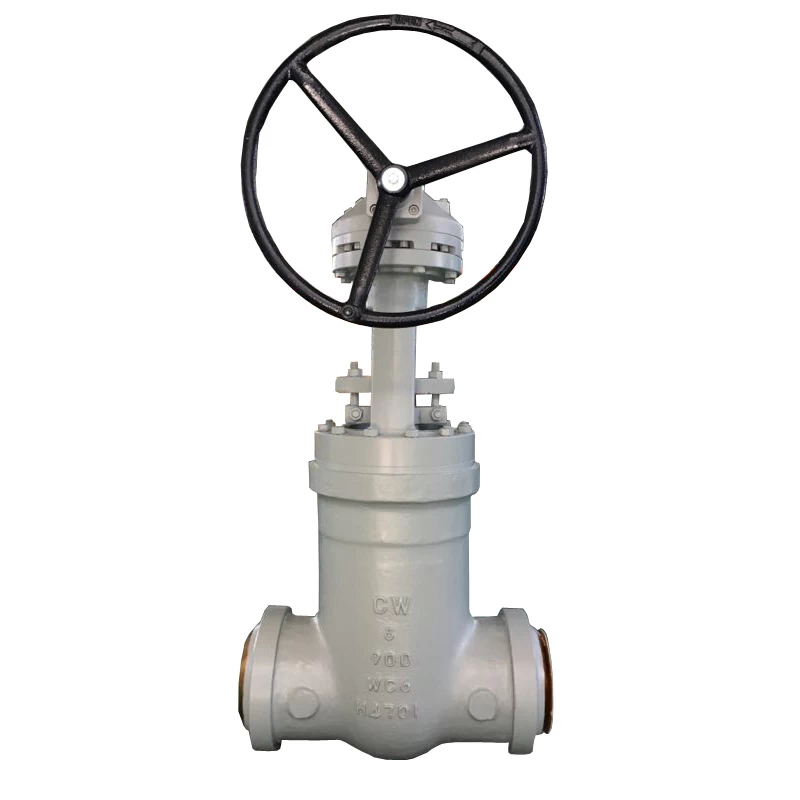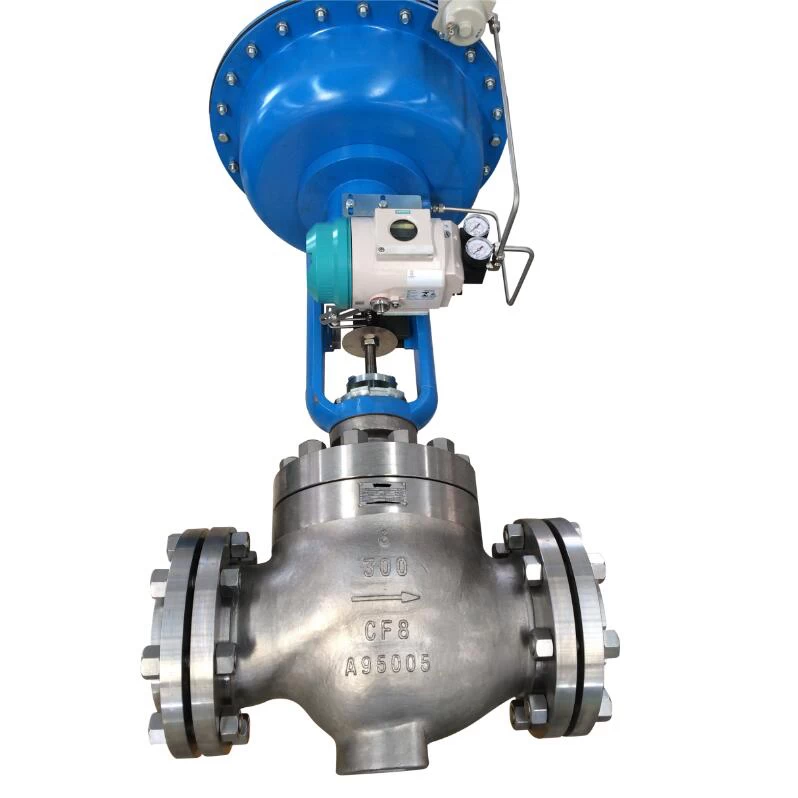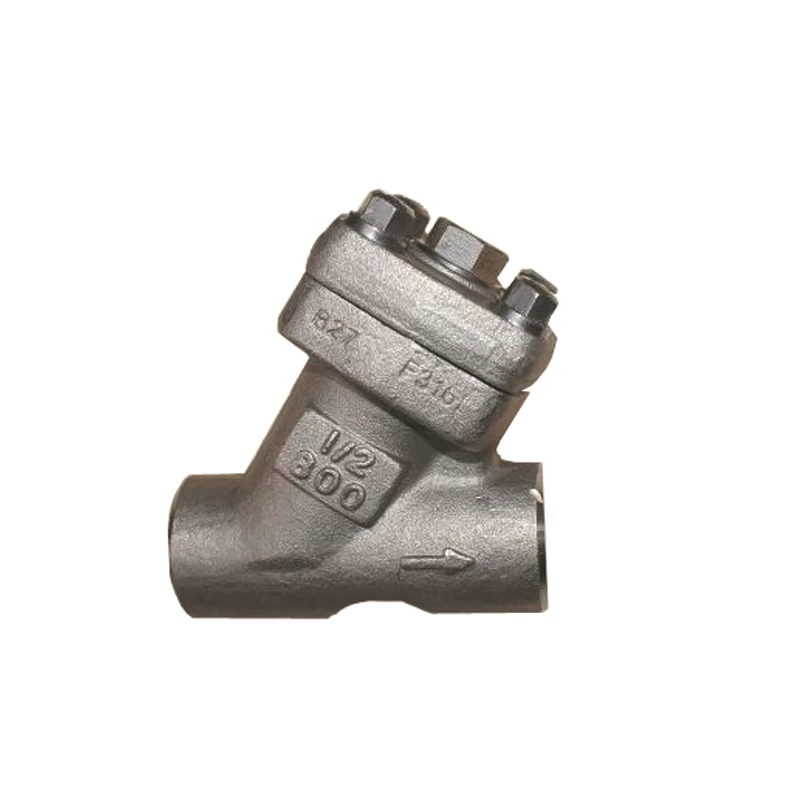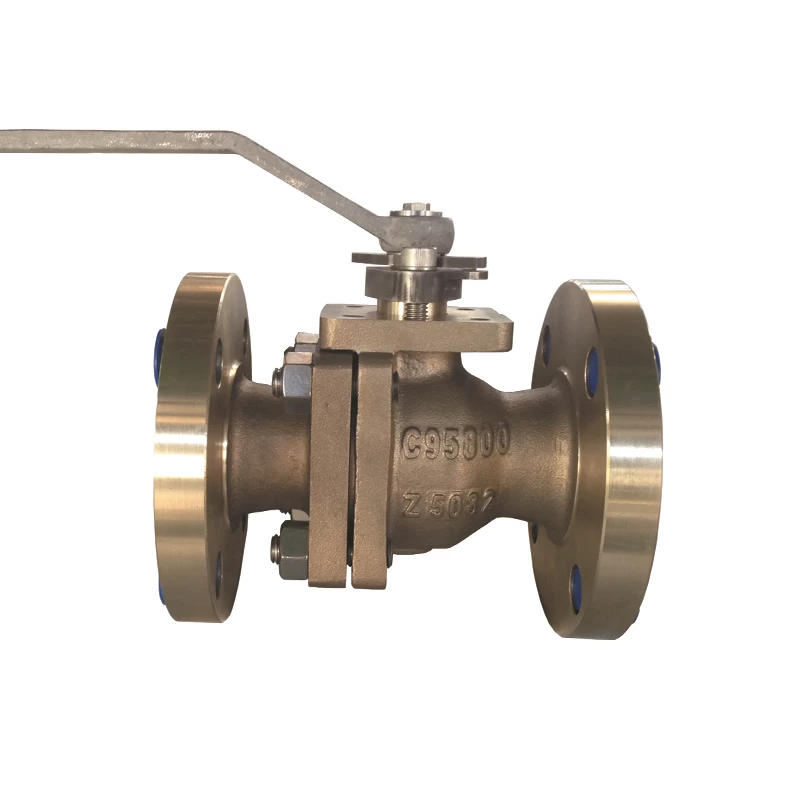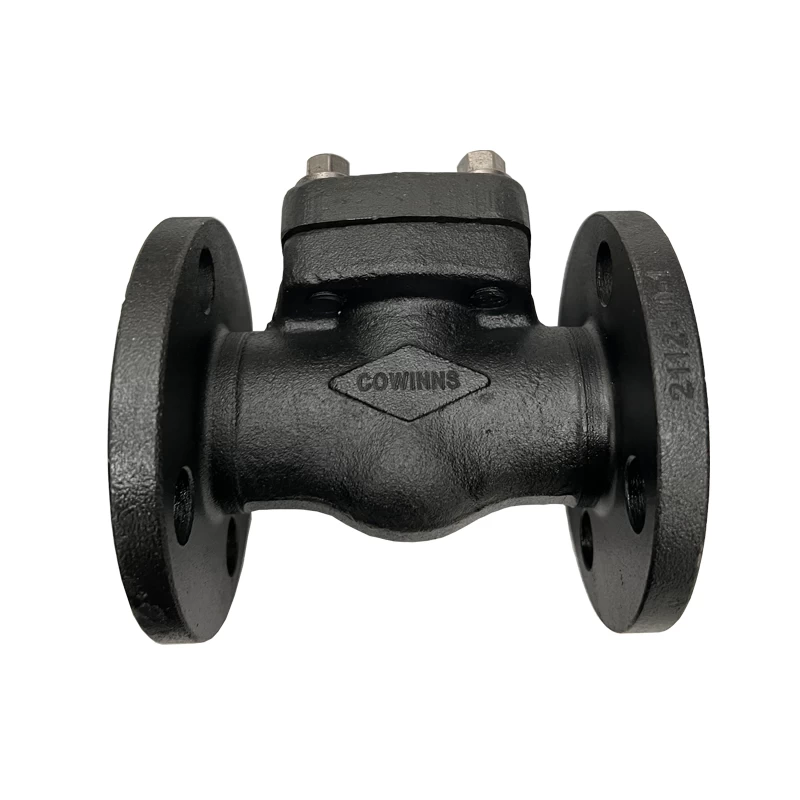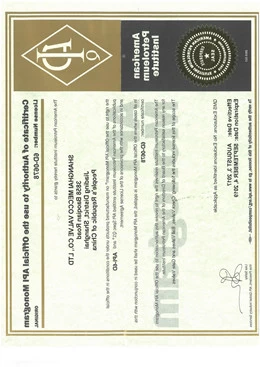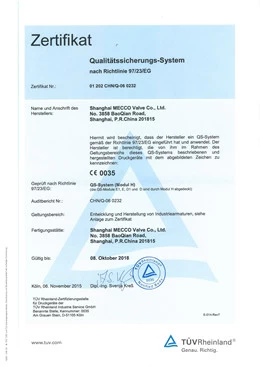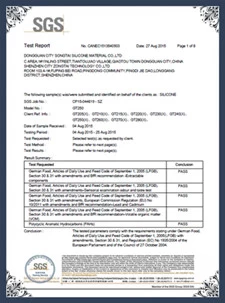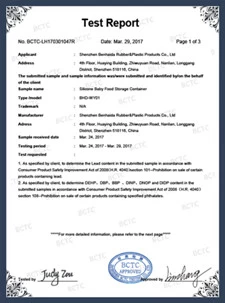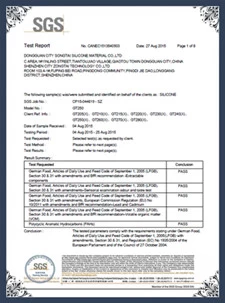Valve Forging Knowledge(Part 2)
Valve Forging Knowledge(Part 2)
Forging Process Flow
Different forging methods follow different procedures, among which hot die forging has the most complex process. The general steps include: billet cutting, billet heating, roll forging for billet preparation, die forging, trimming, punching, straightening, intermediate inspection (checking dimensions and surface defects), heat treatment (to relieve forging stress and improve machinability), surface cleaning (mainly to remove oxide scales), straightening again, and final inspection. General forgings undergo visual and hardness inspection, while critical forgings are subject to chemical composition analysis, mechanical properties tests, residual stress testing, and non-destructive examination. As a China titanium parallel gate valve manufacturer, we strictly adhere to these procedures to ensure high-performance forged components that meet demanding global standards.
Characteristics of Forgings
Compared with castings, forgings offer superior structural and mechanical properties. The thermal deformation involved in forging transforms the cast grain structure into finer, more uniform equiaxed recrystallized grains. Forging helps eliminate segregation, porosity, and inclusions within steel ingots, resulting in a denser, stronger material with enhanced plasticity and mechanical properties. Forgings maintain continuous metal fiber alignment, matching the geometry of the component and resulting in optimized strength and longer service life. Precision forging processes like cold extrusion, warm extrusion, and die forging produce parts with properties that castings cannot match. Forging is a manufacturing process in which metal is subjected to pressure to produce components of desired shapes or force-bearing capacity, typically using hammers or presses. It creates refined grain structures and enhances the physical characteristics of the material. In practical applications, a well-designed part allows grain flow to align with the primary stress direction. In contrast, castings are formed by pouring molten metal into molds, followed by cooling and processing, which does not yield the same strength or integrity.
Precautions in the Forging Process
The forging process typically involves material cutting, heating, forging, heat treatment, cleaning, and inspection. In small-scale manual forging, several workers often operate in confined spaces, exposed to the same occupational hazards. In large forging workshops, hazards vary by workstation. Despite differences across forging types, common conditions include moderate physical labor, dry and hot microclimates, noise, vibration, and air pollution from fumes.
Workers are exposed to both hot air and radiant heat, leading to heat accumulation in the body. Combined with metabolic heat, this can cause thermal imbalance and health issues. An 8-hour work shift can result in sweat loss ranging from 1.5 to over 5 liters depending on the microclimate, workload, and individual heat tolerance. In smaller workshops or areas further from heat sources, the Belding-Hatch Heat Stress Index usually ranges from 55 to 95; near furnaces or drop hammers in large workshops, it can reach 150–190, posing risks of salt depletion and heat cramps. Cold weather adaptation is possible to a degree, but rapid and frequent temperature changes can be harmful.
Air pollutants such as smoke, carbon monoxide, carbon dioxide, sulfur dioxide, and acrolein depend on the furnace fuel and combustion efficiency. Noise and vibration from forging hammers are inevitable, with sound pressure levels often between 95–115 dB. Long-term exposure may result in physiological and functional disorders, reducing worker performance and safety.
Risk Factors and Main Causes of Injuries in Forging Production
Injuries in forging can be categorized by cause: mechanical injuries (scratches, bruises from tools or parts), burns, and electrical shocks. From a safety engineering perspective, forging workshops exhibit the following risks:
Forging is performed on red-hot metals (e.g., low-carbon steel forging temperatures range from 1250°C to 750°C). Due to manual labor, even minor mistakes can lead to burns.
Radiant heat is continuously emitted from furnaces and hot materials, exposing workers to thermal hazards.
Furnace smoke reduces air quality and visibility, increasing the risk of accidents, especially when using solid fuels.
Impact-type equipment (e.g., air hammers, steam hammers, friction presses) is prone to sudden failure due to high stress loads.
Though less impactful, machines like hydraulic presses and shears can still cause accidents if they malfunction unexpectedly.
Forging equipment generates significant force. Even common 100–150t presses exert substantial loads. Improper tool installation or operation can redirect force to unintended components, causing machine damage or injury.
The variety and volume of forging tools (e.g., tongs, dies) lead to cluttered workspaces. Frequent tool changes and poor organization increase the risk of accidents from incorrect tool usage.
High noise and vibration levels reduce concentration and may damage hearing and the nervous system, heightening accident risk.
Causes of Work Accidents in Forging Workshops
Lack of protective devices for hazardous areas or equipment.
Incomplete or unused safety features on machinery.
Equipment defects or malfunction.
Inappropriate tools or poor working conditions.
Defective forging dies or anvils.
Disorganized workspaces and poor management.
Improper operational or maintenance procedures.
Inadequate personal protective equipment (e.g., goggles, clothing, footwear).
Poor coordination in team operations.
Lack of safety training or technical knowledge.
Development of the Forging Industry
Modern forging has existed in developed countries for over a century, with Germany, the U.S., Japan, and Russia leading in advanced processes and technologies. China’s forging industry began later and initially relied heavily on imports for key open-die forgings. However, with rising economic levels and increased international exchange, China’s forging technologies have improved rapidly. Many products are now domestically manufactured and even exported, competing with global counterparts. From 2010 to 2013, China’s forging output grew from 7.05 million tons to 8.82 million tons, with an average annual growth rate of 7.72%. In 2014, output reached 12.31 million tons, and by October 2015, the cumulative output was 10.11 million tons. Developed through technology transfer and independent innovation, China’s leading forging enterprises have made significant advances in process design, forging techniques, heat treatment, machining, and quality control.
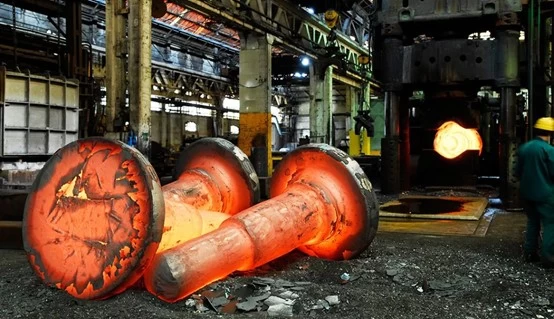
 +86 512 68781993
+86 512 68781993 